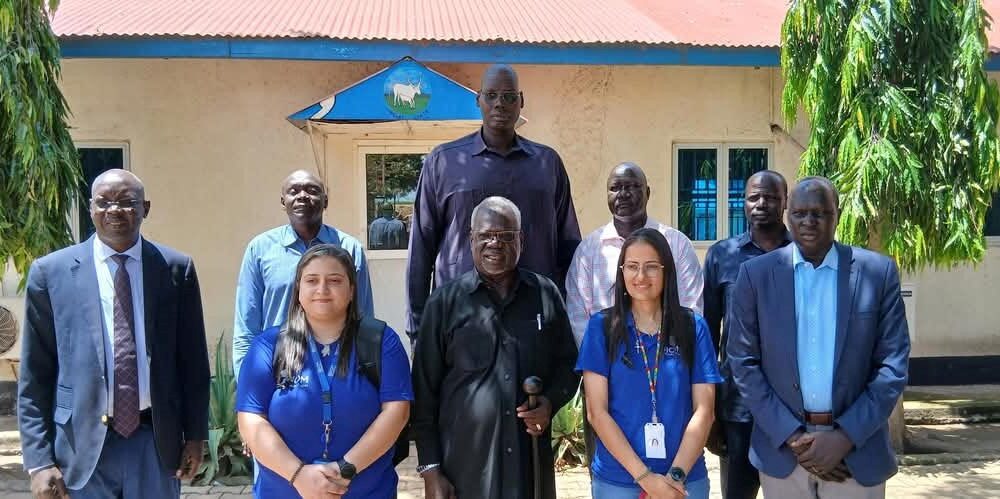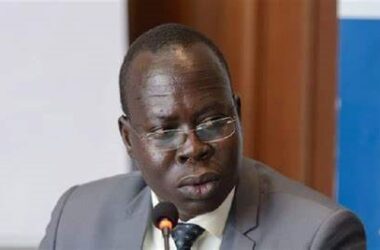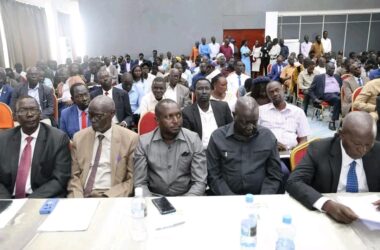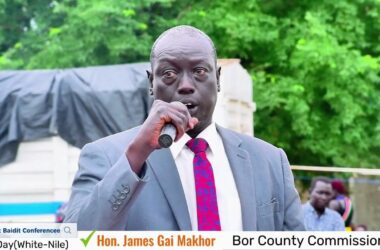By Kei Emmanuel Duku
Jonglei State government, in collaboration with International Organization for Migration (IOM has laid strategy to mitigate anticipated seasonal floods.
In a meeting on Thursday, Jonglei state governor, Dr. Riek Gai Kok and IOM delegation, discussed a comprehensive strategy for protecting lives, property, and livelihoods from floods. Climate change is a major contributing factor to floods in the state.
During the meeting, stakeholders agreed on three key priorities; the rehabilitation of Jonglei airstrip, targeted rehabilitation efforts in flood-affected areas, mechanisms to address challenges caused by previously destroyed dykes, and the distribution of relief items.
IOM’s Shelter and Settlement Unit Project Officer, Wafaa Al-Shaaban, and Housing, Land and Property Officer, Aia Khadem Aljame, emphasized that the planned projects would mitigate the effects of flooding and improve infrastructure capacity to respond to such disasters.
The initiative aims to construct and rehabilitate critical flood mitigation infrastructure, including dykes and minor channelization works, to manage water flow and reduce flooding in vulnerable areas of Jonglei State.
Governor, Dr. Gai Riek Kok reaffirmed the state government’s commitment to collaborate with international organizations like IOM to ensure the successful implementation of these projects.
He stated that the meeting marked a significant step in ongoing efforts to support vulnerable populations and develop both short-term and long-term flood management strategies.
Jonglei State has experienced severe flooding over the past five years. In 2021, approximately 835,000 people were affected by severe flooding across South Sudan between May and December, with about 80% of those located in Jonglei, Unity, and Upper Nile states, according to the humanitarian organization. This suggests that around 668,000 people were affected in Jonglei alone.
Relatedly, between May and September 2021, floods displaced more than 174,000 people in Jonglei State, particularly in Fangak and Ayod counties.
In September 2024, about 735,000 people were affected by floods in various parts of South Sudan, with approximately 10,370 displaced in Jonglei State.
Furthermore, in November 2024, about 1.4 million people were affected by flooding in South Sudan, with over half of the flood-affected population concentrated in states including Jonglei.
Flooding in South Sudan, particularly in Jonglei State, is a recurrent problem linked to the Sudd wetlands’ hydrological cycle. Prolonged and increasing flood events cause repeated displacement, loss of arable land, destruction of infrastructure, and food insecurity.




